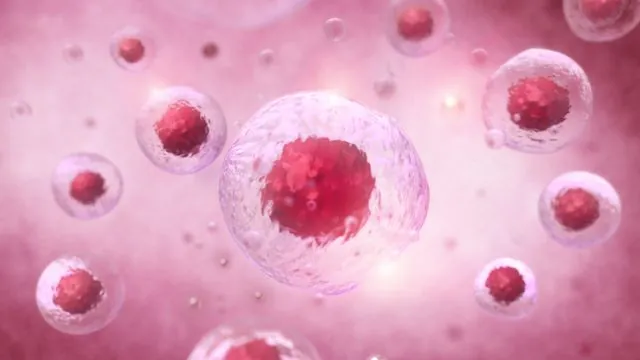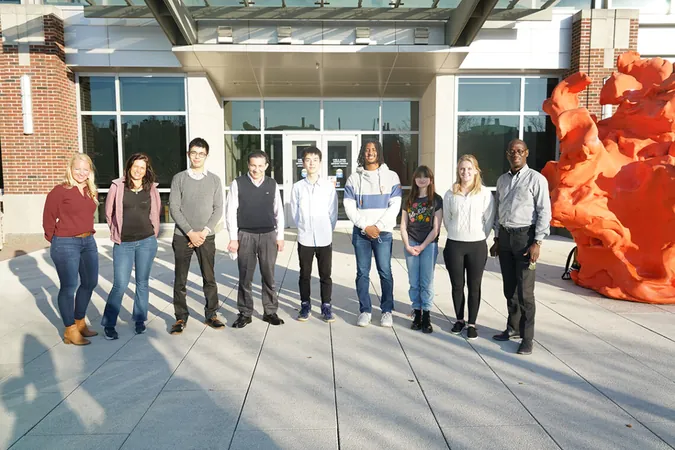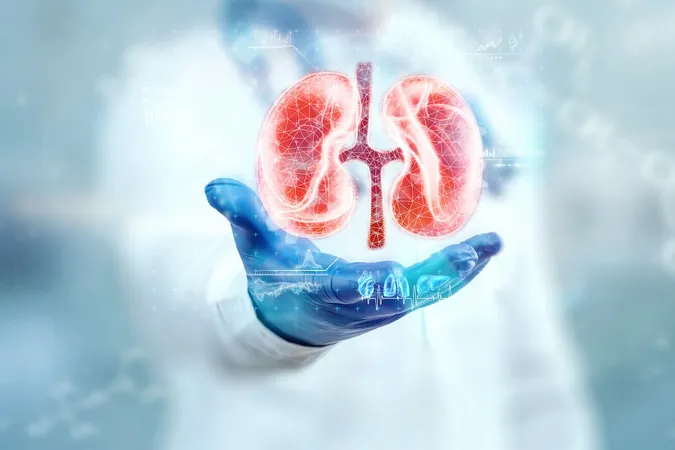
Unveiling the Hidden World of Glucose Metabolism at the Single-Cell Level
2025-07-22
Author: Li
A Revolutionary Leap in Metabolic Research
In an astonishing breakthrough, scientists from Vanderbilt University and the University of California, San Diego, have produced the first-ever high-resolution metabolic "map" of glucose processing at the single-cell level. This pioneering study, featured in *Nature Communications*, reveals a previously unseen collaboration among organelles and molecular complexes as they respond to nutrient influx, altering our understanding of glucose metabolism.
Understanding Metabolism Beyond Bulk Measurements
Traditionally, insights into how cells process nutrients, particularly glucose, have emerged from bulk metabolomics, analyzing entire biological samples without pinpointing specific spatial dynamics within tissues. This conventional approach has left significant gaps in understanding cellular metabolism.
Rafael Arrojo e Drigo, assistant professor of molecular physiology and biophysics, emphasized, "Bulk strategies fail to show the spatial details of metabolism at the single-cell level, missing out on how these processes relate to the intricate locations of cells and organelles within tissues."
Collective Genius Drives New Discoveries
Motivated by this deficiency, a diverse team of researchers combined stable isotope tracing, multi-scale microscopy, and cutting-edge AI image analysis to strip away previous barriers. They mapped glucose metabolites from the organism level down to individual mitochondria, with substantial contributions from Vanderbilt's Mouse Metabolic Phenotyping Center and other affiliated departments.
Christopher Acree and Aliyah Habashy, co-first authors of the study, led the groundbreaking work, revealing how glucose flows into glycogen and lipid droplets, providing clarity on metabolic pathways previously obscured.
Game-Changing Discoveries in Organelles' Interaction
Among the key findings, researchers identified a novel interaction between lipid droplets and glycogen synthesis, highlighting a dynamic relationship that could have implications for understanding metabolic disorders. Furthermore, they discovered how connections between mitochondria and the endoplasmic reticulum shift to adapt to changing blood glucose levels, forming an interconnected network that orchestrates cellular metabolic responses.
The Future of Metabolic Health and Disease Understanding
As the study charts the timeline of these organelle interactions, it opens a window into the mechanisms governing glucose metabolism and energy balance at a fundamental level. This significant achievement was enabled by Vanderbilt's interdisciplinary collaboration and the innovative imaging capabilities at the NCMIR.
Looking forward, the research team aims to explore how nutrient spatial organization within cells affects metabolic health and disease—a quest that promises to transform our approach to understanding conditions like diabetes, obesity, and cancer.




 Brasil (PT)
Brasil (PT)
 Canada (EN)
Canada (EN)
 Chile (ES)
Chile (ES)
 Česko (CS)
Česko (CS)
 대한민국 (KO)
대한민국 (KO)
 España (ES)
España (ES)
 France (FR)
France (FR)
 Hong Kong (EN)
Hong Kong (EN)
 Italia (IT)
Italia (IT)
 日本 (JA)
日本 (JA)
 Magyarország (HU)
Magyarország (HU)
 Norge (NO)
Norge (NO)
 Polska (PL)
Polska (PL)
 Schweiz (DE)
Schweiz (DE)
 Singapore (EN)
Singapore (EN)
 Sverige (SV)
Sverige (SV)
 Suomi (FI)
Suomi (FI)
 Türkiye (TR)
Türkiye (TR)
 الإمارات العربية المتحدة (AR)
الإمارات العربية المتحدة (AR)